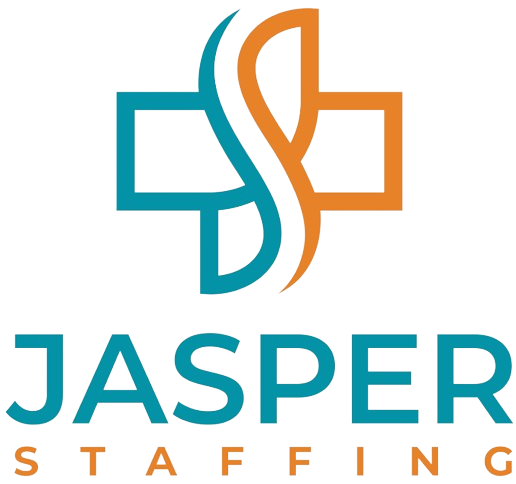The Ultimate Guide to Healthcare Staffing in Oklahoma: Trends, Challenges, and Solutions
In the ever-evolving landscape of healthcare, Oklahoma stands at a crossroads of challenges and opportunities. The demand for qualified healthcare professionals has never been higher, and healthcare facilities across the state are grappling with staffing shortages that affect patient care quality. This comprehensive guide explores the current trends in healthcare staffing in Oklahoma, identifies the key challenges facing the industry, and offers innovative solutions to ensure that healthcare providers can meet the needs of their patients effectively.
Understanding the Demand for Healthcare Staffing in Oklahoma
Oklahoma's healthcare sector is experiencing rapid growth, driven by an aging population, increased prevalence of chronic diseases, and advancements in medical technologies. These factors have led to a heightened demand for healthcare professionals across a spectrum of roles, from nurses and physicians to allied health professionals and support staff. However, the supply of qualified healthcare workers has struggled to keep pace with this demand, creating staffing shortages that pose significant challenges to healthcare delivery.
Trends Shaping Healthcare Staffing in Oklahoma
Rising Demand for Specialized Care: There is an increasing need for healthcare professionals with specialized skills to address complex health conditions, particularly in rural areas where access to healthcare is limited.
Shift Towards Outpatient Care: The trend towards outpatient care services requires a different staffing model, emphasizing flexibility and a diverse skill set among healthcare workers.
Technological Advancements: The integration of technology in healthcare, including telehealth and electronic health records (EHRs), necessitates staff proficient in these areas.
Challenges in Healthcare Staffing
Shortage of Qualified Professionals: Oklahoma faces a significant challenge in recruiting and retaining qualified healthcare professionals, particularly in nursing and primary care roles.
Geographic Disparities: Rural areas in Oklahoma experience more pronounced staffing shortages, impacting healthcare accessibility and quality for these communities.
Regulatory and Financial Constraints: Stringent regulatory requirements and financial limitations can hinder healthcare facilities' ability to attract and retain the staff needed to meet patient demand.
Innovative Solutions for Healthcare Staffing in Oklahoma
Addressing the staffing crisis in Oklahoma's healthcare sector requires a multifaceted approach:
Enhanced Recruitment Strategies: Healthcare facilities must adopt innovative recruitment strategies, such as offering competitive salaries, flexible working conditions, and professional development opportunities to attract a broader pool of candidates.
Investment in Education and Training: Strengthening partnerships between healthcare facilities and educational institutions can ensure a steady pipeline of qualified healthcare professionals trained to meet the state's needs.
Leveraging Technology: Implementing advanced healthcare technologies can streamline operations, reduce the workload on existing staff, and attract tech-savvy professionals to the field.
Policy and Regulatory Reforms: Advocating for policy changes that support workforce development and address regulatory barriers can significantly impact healthcare staffing solutions in Oklahoma.
Crises Breeds Opportunities
The healthcare staffing crisis in Oklahoma presents a complex challenge, but also an opportunity to rethink and innovate how healthcare is delivered and staffed. By understanding the trends, addressing the challenges head-on, and implementing creative solutions, Oklahoma can ensure that its healthcare system is robust, resilient, and capable of meeting the evolving needs of its population. As we move forward, collaboration among healthcare Leaders, providers, educational institutions, policymakers, and the community will be crucial in overcoming these obstacles and securing a healthy future for all Oklahomans.
